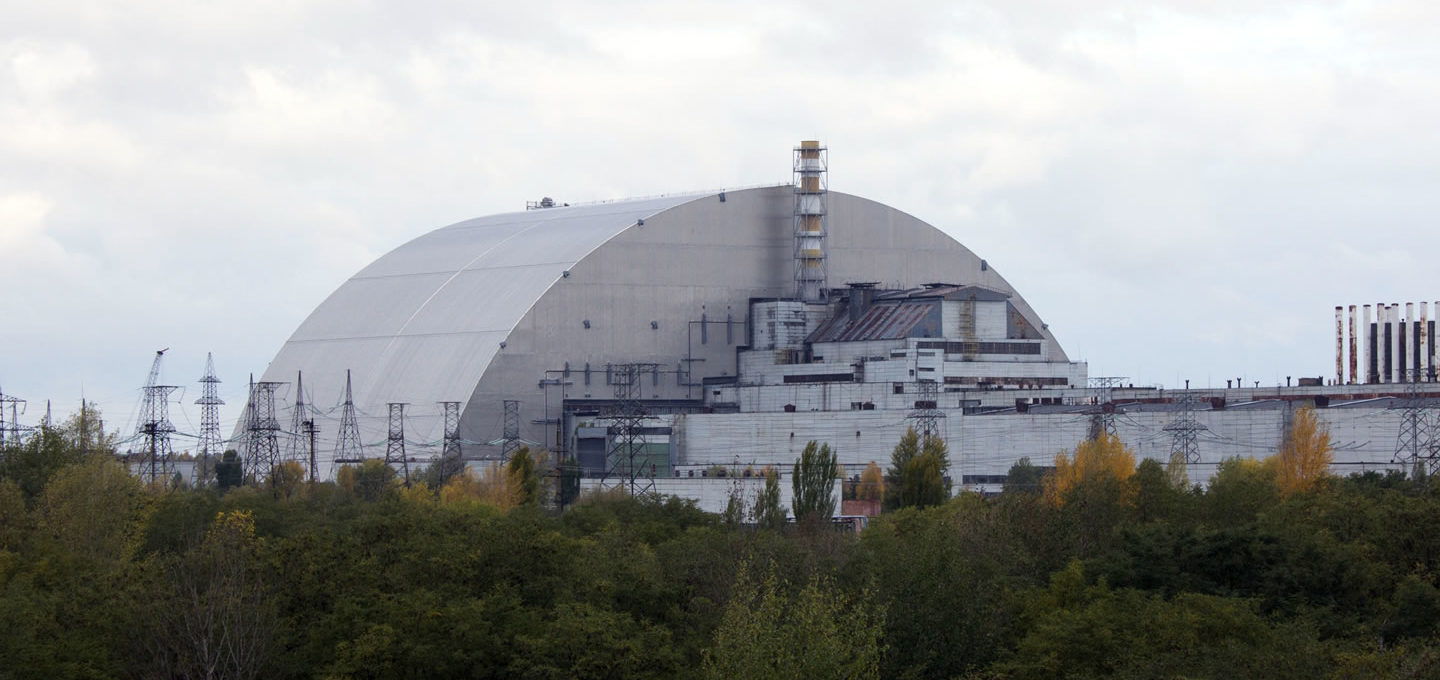Chernobyl has long been essentially out-of-bounds to the public after the 1986 disaster that spewed extreme levels of radiation into the atmosphere and contaminated much of the surrounding area. However, in the wake of the critically acclaimed HBO/Sky television series, tourists from around the world are flocking to the site to see the area for themselves – and they can now get to the heart of the action in the control room of Reactor 4.
Over the last decade, small numbers of tourists have visited the area, with the spooky abandoned nearby city of Pripyat and the rewilded landscape that humans left over 30 years ago particular attractions. However, since the TV min-series, tourism to Chernobyl has spiked 30%, and people are choosing to get ever closer to the reactor and expose themselves to ever higher amounts of radiation even with Reactor 4 now protected by the New Safe Confinement.
Whilst the infamous control room is now open to tourists, those visiting the site must wear a protective suit, helmet, and mask, limit their visit to under 5 minutes, and undergo two radiology tests to measure the amount of radiation they were exposed to. This is because the radiation in the room is 40,000 times higher than normal background levels according to the advanced radiation monitoring system on site.
Outside the site of the nuclear power plant, the radiation levels remain higher than background but pose significantly lower risks. In fact, the exclusion zone that extends 30 kilometres out from the plant in every direction has become a surprising wildlife refuge over the last three decades where animals have been left to thrive without human interference. Nonetheless, the increased levels have still had a major impact on the flora and fauna in the region.
Advanced experimentation on the local Scots pine population, where enzyme endosperm were tested using a tissue homogenizer and the samples tested via electrophoresis and isozyme staining showed that the radiation caused oxidative stress and various other genetic effects on the trees. Other tests on soy beans grown in the area showed that fertile seeds had increased heavy metal resistance and modified carbon metabolism. Such studies are more difficult on the wild animals in the area, but it would be safe to assume that the radiation would also have had a dramatic impact on those populations and it will be a long time before we see people moving back into the area.
Photograph by Tim Porter

